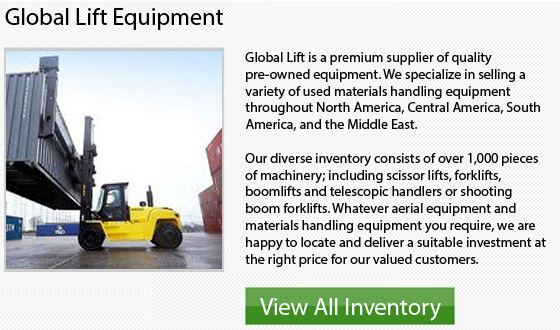
Early History
The government of South Korea in the early 1960s started a new economic plan that required large businesses known as "chaebols" to focus on manufacturing exports. This new plan called for a series of five year plans which were designed to reduce the trade deficit the country was experiencing while helping to bolster the nation's production. This was a plan that had already been utilized successfully by Hong Kong and Taiwan, the Far East competitors of South Korea. Daewoo had a significant part in this effort to improve the significance of South Korea's exports.
The government of South Korea sponsored cheap loans for chaebols manufacturing goods for export. Daewoo benefited from the loans when it started trading in 1967. This was at the start of the second five-year plan. Daewoo took advantage of the nation's large workforce, its primary asset. By concentrating on labour-intensive industries, like textile and clothing, the company yielded high earnings. The corporation's factory in Pusan produced 3.6 million shirts each month. The company also made simple manufacturing machinery, that were labour intensive too. Throughout this time, Daewoo helped to boost South Korea's level of exports, that were growing almost 40% per year.
Korea's comparative advantage in labor-intensive production began to decline, when the demand for labour pushed the wages upwards. Malaysia and Thailand became market competitors to South Korea, that forced the nation to concentrate on the industries of shipbuilding, petrochemicals, mechanical and electrical engineering, and construction. This phase of Korea's economic recovery lasted from the year 1973 to the year 1981. This occurred at the same time as the United States announced its intentions to totally withdraw its peacekeeping forces from the nation. The new emphasis in manufacturing was intended to further expand Korea's exports while simultaneously manufacturing parts which had to be imported before. Domestic components production helped to strengthen domestic businesses and make possible a national defense industry.